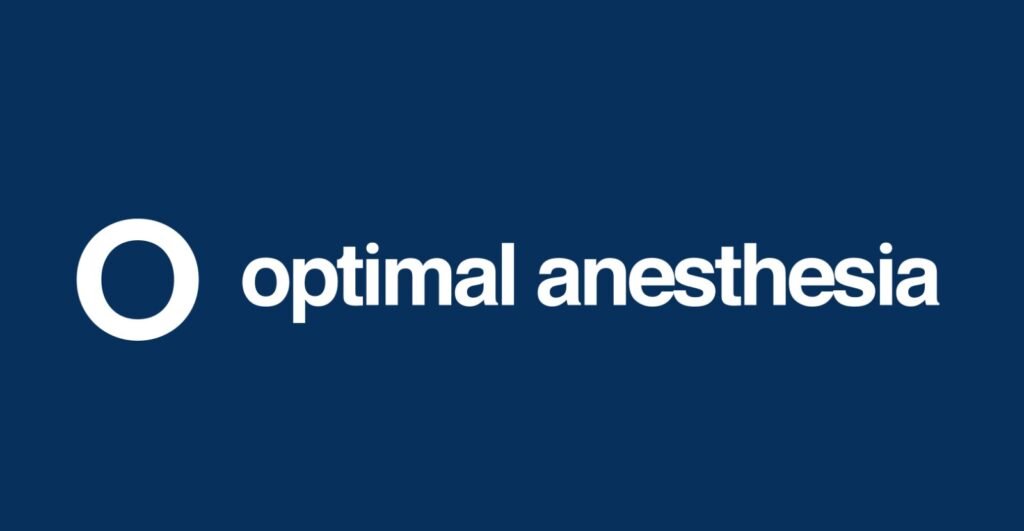
Aging and Its Impact on Anesthesia: A Focus on Physiological and Pharmacological Change
The aging process brings profound physiological changes that significantly impact the pharmacokinetics and pharmacodynamics of drugs used in anesthesia. Alterat... Read more.

FROM FAT TO FIT:Key Factors Influencing Anesthetic Dosing Based on Body Composition
Anesthetic dosing is a cornerstone of safe and effective anesthesia management. The interplay between body composition and pharmacokinetics demands a nuanced un... Read more.

Masseter Muscle Necrosis: A Rare but Critical Complication Linked to MEP Monitoring, Not Anesthesia
Masseter muscle necrosis is a rare but significant complication during neurosurgical procedures involving motor-evoked potential (MEP) monitoring. For anesthesi... Read more.

Hidden Blood Loss in Hip Fractures Among the Elderly: Causes and Implications
Hidden blood loss (HBL) is a significant yet often overlooked concern in elderly patients with hip fractures. Defined as blood loss into tissues and body caviti... Read more.

Pulse Wave Velocity (PWV): A Comprehensive Overview for Anesthesiologists
Pulse Wave Velocity (PWV) is a key indicator of arterial stiffness and a vital parameter in assessing cardiovascular health. Its significance extends beyond vas... Read more.

The Four Stages of Cardiovascular Ageing and Anesthesia Implications
Cardiovascular ageing is a progressive process that impacts the heart and the vascular system, leading to significant implications during anesthesia. Understand... Read more.

